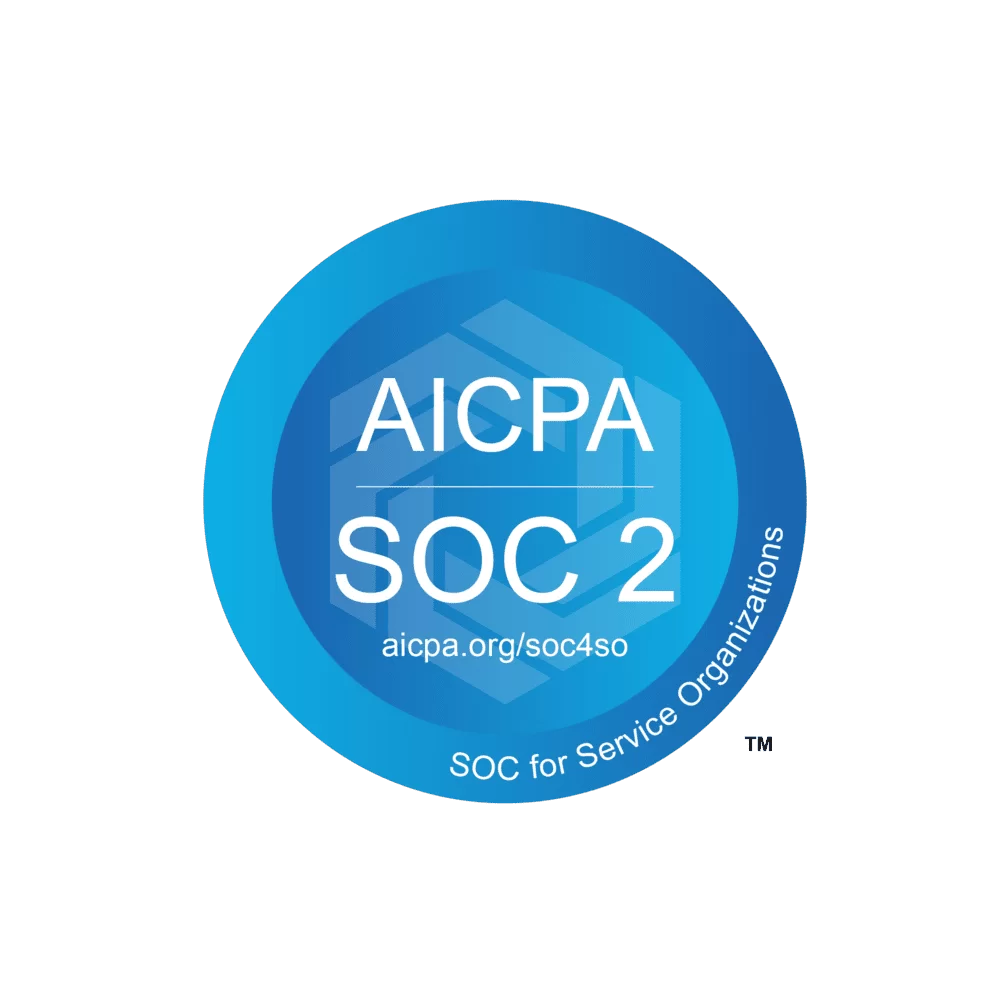RBAC, or Role-Based Access Control, is a common method of managing access to computer systems and their resources. In a RBAC system, users are assigned to specific roles, and each role is granted access to certain resources or functions within the system. For example, a user who is assigned the role of "administrator" might be given access to all resources and functions within the system, while a user who is assigned the role of "customer service representative" might only be given access to specific resources and functions that are related to customer service.
In contrast, DAC, or Discretionary Access Control, is another method of managing access to computer systems and their resources. In a DAC system, access to resources and functions is based on the discretion of the owner of the resource. For example, a user who owns a specific file might be able to grant other users access to that file, and can also revoke access at any time. This allows users to have more control over who has access to their resources, but it can also make it more difficult to manage access on a larger scale.
Overall, both RBAC and DAC are useful tools for managing access to computer systems and their resources. Which method is more appropriate in a given situation will depend on the specific needs and requirements of the organization. RBAC is often seen as a more structured and centralized approach, which can make it easier to manage access on a large scale. However, DAC can provide users with more control over their own resources, which can be useful in certain situations.
Why Cloud Security Engineers Should Embrace Role Based Access Control
Role based access control (RBAC) is an important concept for cloud security engineers to understand and implement. In a world where organizations are increasingly relying on cloud services to store and manage their sensitive data, it's crucial that this data is properly protected. RBAC is a security mechanism that allows administrators to control access to resources based on the roles of individual users within an organization.
The key benefit of RBAC is that it allows organizations to grant users access to only the resources that they need to do their job. This reduces the risk of unauthorized access to sensitive data, as users are only able to access the specific resources that they are authorized to access. This is particularly important in the context of the cloud, where data is often stored in a shared environment and access to it needs to be carefully managed.
Additionally, RBAC can help organizations to simplify and streamline their security processes. By defining roles and associated permissions, administrators can easily manage access to resources without having to individually grant and revoke access for each user. This makes it easier to ensure that the right people have access to the right resources, and reduces the risk of human error.
Overall, the use of RBAC is an important aspect of effective cloud security. By allowing administrators to control access to resources based on user roles, organizations can ensure that their sensitive data is properly protected and that access is granted only to those who need it.
The Importance of Role Based Access Control for Cloud Security: A CISO perspective
As a security leader or chief information security officer (CISO), you are responsible for protecting your organization's sensitive data and ensuring that access to it is properly controlled. One important tool in your toolkit for achieving this is role based access control (RBAC).
RBAC is a security mechanism that allows administrators to control access to resources based on the roles of individual users within an organization. By defining roles and associated permissions, administrators can easily manage access to resources without having to individually grant and revoke access for each user. This makes it easier to ensure that the right people have access to the right resources, and reduces the risk of human error.
In the context of the cloud, RBAC is particularly important. With cloud services, data is often stored in a shared environment and access to it needs to be carefully managed. By using RBAC, you can ensure that users are only able to access the specific resources that they are authorized to access. This reduces the risk of unauthorized access to sensitive data, and helps to prevent security breaches.
Additionally, implementing RBAC can help to simplify and streamline your security processes. By defining roles and associated permissions, you can easily manage access to resources without having to individually grant and revoke access for each user. This makes it easier to ensure that the right people have access to the right resources, and reduces the risk of human error.
Overall, as a security leader or CISO, you should consider implementing RBAC as part of your organization's security strategy. By allowing administrators to control access to resources based on user roles, you can ensure that your sensitive data is properly protected and that access is granted only to those who need it.







